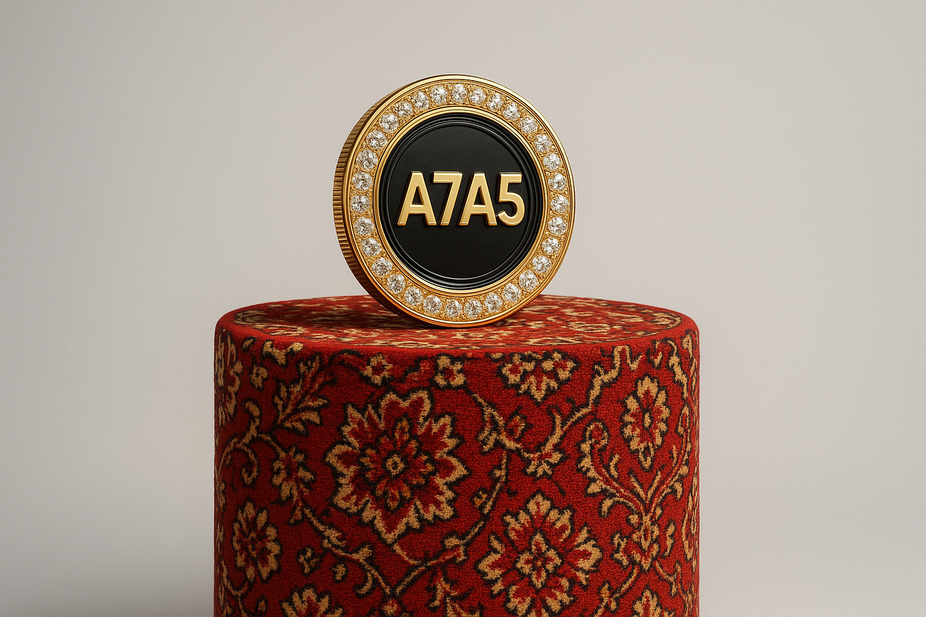VeThor Token
Download Ironwallet app and get tool for making transaction without network fee
About VeThor Token
In the burgeoning landscape of blockchain technology, the VeChain Thor blockchain distinguishes itself with a unique dual-token architecture, prominently featuring the VeThor Token (VTHO). Serving as the operational fuel within this ecosystem, VTHO is vital for powering transactions and smart contract interactions on this Blockchain-as-a-Service (BaaS) platform. This platform is engineered to support enterprise-level applications using advanced tracking technologies like NFC, QR codes, and RFID within the Internet of Things (IoT) framework.
The VeThor Token not only functions as the primary currency for transaction fees within the VeChain environment but also fulfills the role of ‘gas’, driving the execution of contracts and data exchanges across the network. The design of VTHO adheres to the VIP-180 standard, enhancing its utility by facilitating complex operations such as multi-party payments and comprehensive transactional tasks. This integration of VTHO into the network’s framework underscores its essential role in maintaining the efficiency and scalability of services offered to enterprise users, particularly those integrating IoT solutions on the blockchain.
Brief History of VeThor Token
The VeThor Token emerged as a dynamic offshoot of the VeChain project, spearheaded by Sunny Lu in 2015. Originally operating under the umbrella of Bitse-one of China’s premier blockchain enterprises-VeChain later transitioned into a standalone entity. This evolution marked a pivotal shift in its trajectory. In 2018, this shift culminated in a major rebranding initiative, giving birth to the VeChainThor blockchain and the accompanying VeThor Token. This new blockchain framework introduced a dual-token system, featuring VTHO as a key component. The system was designed to streamline transactions and operational processes, bolstering the platform’s utility and efficiency. The introduction of the VeChainThor blockchain represents a significant milestone in the blockchain space, reflecting a broader trend towards specialized token economies within the technology sector.
How Does VeThor Token Work?
Within the VeChain Thor blockchain, the VeThor Token (VTHO) operates alongside VET, its native counterpart, within a dual-token model designed to enhance the efficiency of transactions on their Blockchain-as-a-Service (BaaS) platform. This setup is crucial for executing smart contracts and processing transactions; none of these functions can occur without VTHO, which in turn depends on VET for its existence.
VET serves a dual purpose: it generates VTHO and also attracts market speculation. By holding VET tokens, users passively produce VTHO, which is essential for covering operational costs on the VeChain Thor platform. The symbiotic relationship between VET and VTHO ensures that without VET, there would be no generation of VTHO, and conversely, without VTHO, there would be no medium to facilitate transactions using VET.
The generation of VTHO is directly linked to the amount of VET one holds. Specifically, for each VET token, the network generates 0.00000005 VTHO with every new block, which occurs every 10 seconds. Therefore, holding 1 VET will yield approximately 0.000432 VTHO daily.
After VTHO is used to cover the costs of transactions, including those involving smart contracts, the system destroys 70% of the spent tokens. The remaining 30% compensates the Authority Node, a critical component responsible for validating transactions across the network. This balance between creation and destruction of tokens plays a key role in maintaining the network’s economic stability and operational efficiency.
Benefits and Challenges
Benefits of VeThor (VTHO)
The VeChain Thor blockchain is pivotal for enterprises globally, fostering transparency and stronger customer relationships. The VeThor token enhances this with several key advantages:
- Adherence to VIP-180 Standard: VeThor adheres to the VIP-180 standard, an extension of the well-known ERC-20 standard, ensuring robust functionality and compatibility with third-party chains.
- Enhanced Efficiency and Speed: VeThor facilitates quicker and more efficient execution of operations, boosting productivity across transactions.
- Stable Transaction Costs: The dual-token model of the VeChain Thor blockchain helps maintain stable transaction fees, a significant benefit for businesses looking to predict and control costs.
Challenges Facing VeThor (VTHO)
Despite its advantages, VeThor faces some challenges that could impact its broader acceptance and utility:
- Semi-Centralized Governance: The development and oversight of the VeThor token and its platform are managed by a select group of stakeholders and a central committee. This governance model allows for rapid decision-making, such as changes in monetary policy, but it strays from the decentralized ethos that many in the cryptocurrency community advocate for.
- Need for Wider Adoption: While VeThor aims to address several issues present in the Ethereum blockchain for enterprise use, its potential for value appreciation hinges on widespread adoption. Without significant market penetration, VeThor’s impact and utility may remain limited.
In sum, the VeThor token offers distinct advantages that can significantly benefit enterprise blockchain users by enhancing transaction efficiency and cost predictability. However, its semi-centralized governance and the imperative for broader acceptance present ongoing challenges that need to be navigated carefully.
VeThor Token Circulation: Understanding the Numbers
The circulation dynamics of VeThor Token (VTHO) present a fascinating aspect of its relationship with VET tokens within the VeChainThor blockchain. Each VTHO token is intrinsically linked to VET, with a fractional amount of VTHO being generated as transactions are processed. Specifically, for every VET token included in a block, 0.00000005 VTHO is generated, illustrating a direct dependency between the two tokens.
Regarding total supply, the VeChain ecosystem caps the number of VET tokens at approximately 86.7 billion. Of this vast quantity, about 74%, or roughly 64.3 billion tokens, are currently in circulation. In contrast, the circulating supply of VTHO is considerably less, with around 31.9 billion tokens. This disparity highlights the unique economic model of VeThor, where the generation and utility of VTHO are directly tied to the operational use and holding of VET tokens. This structure is designed to facilitate efficient blockchain operations and maintain balance within the ecosystem’s economy.

























